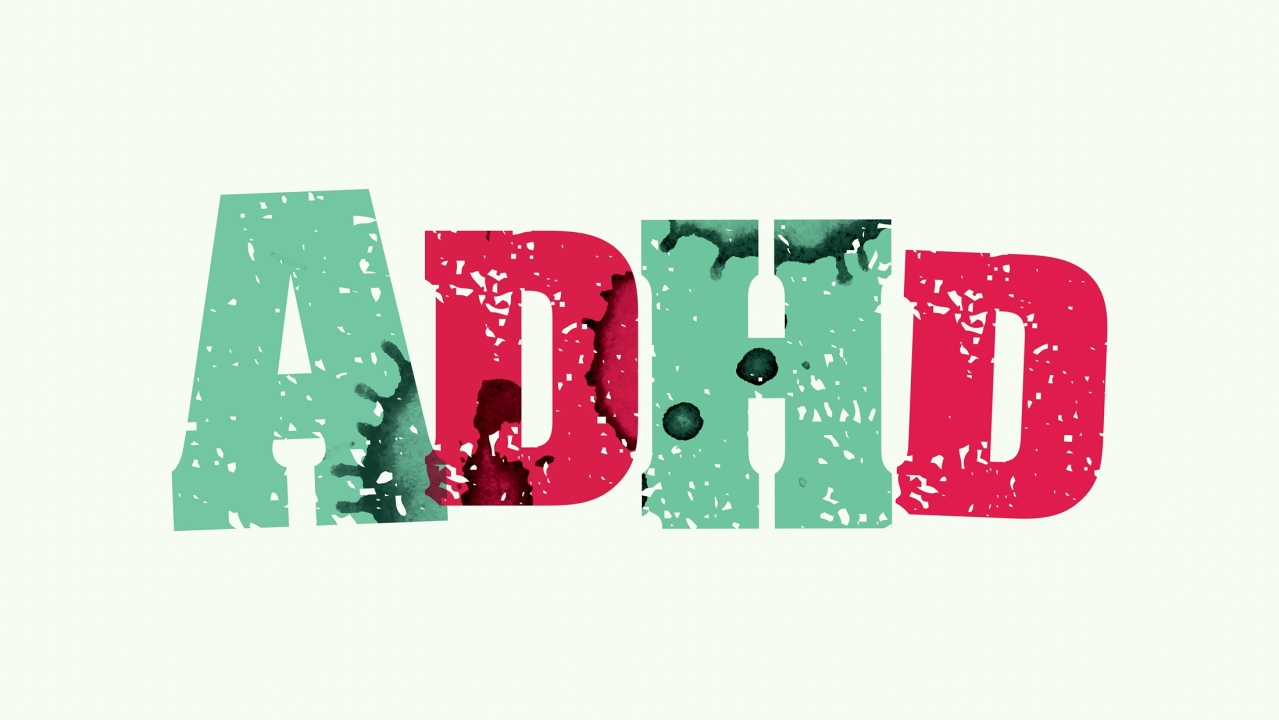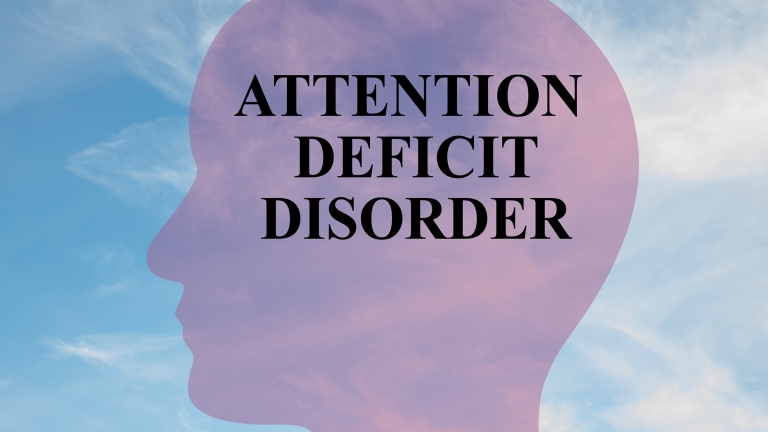ADHD is a clinically diverse disorder that is often accompanied by other childhood onset disorders, leading to high rates of comorbidity. Studies suggest that up to 60-100% of children with ADHD also have one or more comorbid disorders, which can persist into adulthood (Gillberg et al., 2004). ADHD frequently co-occur with other conditions such as, various neurodevelopmental disorders (Autism Spectrum Disorder, learning disorders and tic disorders), depressive disorder, bipolar disorder, anxiety disorders, conduct disorder, and oppositional defiant disorder, which poses a distinct challenge to diagnosing and managing these children and adolescents (Gnanavel et al., 2019). Danielson et al. (2018) reviewed the prevalence of comorbid disorders with ADHD and they found that 63.8% of children with ADHD had at least one co-occurring condition. The behavioral or conduct problems were the most common with 51.5% of all children with current ADHD, followed by anxiety problems, depression, autism spectrum disorder, and Tourette syndrome. A small percentage of adolescents 12–17 years of age with current ADHD had a parent- reported current substance use disorder (Danielson et al., 2018).
Oppositional Defiant Disorder (ODD) and Conduct Disorder (CD) are two externalizing disorders that are frequently linked to ADHD. According to research, between 30% and 50% of children with ADHD also fit the criteria for CD or ODD. According to population studies, boys are more likely to have ODD or CD than girls (Bird et al., 1988; Gnanavel et al., 2019). Additionally, from childhood to adulthood, externalizing characteristics tend to get worse. According to research, children with ADHD who also experience neuropsychological dysfunction, display early aggressive behavior, and experience challenging family dynamics are more likely to develop comorbid externalizing disorders (Gnanavel et al., 2019).
Gnanavel and colleagues’ review show the prevalence of ADHD and CD which was 3.5-10%, and the rate of the co-occurance of ADHD and ODD which was 30-50% (August et al., 1983; Barkley et al., 1990; Gnanavel et al., 2019). The effect on functioning caused by the co-occurrence of ADHD and other externalizing disorders can be profound as it often inherent with academic problems like reading disorder, impaired verbal skills, visual motor integration and visuospatial skills on neuropsychological measures are shown among youth with such comorbidity (Gnanavel et al., 2019). In addition, children with both ADHD and CD are at a higher risk of drug abuse, criminal activities, risky driving, and developing adult antisocial personality disorder compared to those with only ADHD (August et al., 1983; Gnanavel et al., 2019). Studies have also shown that ADHD/CD is linked to higher rates of expulsion and dropout from school compared to children with only ADHD (Barkley et al., 1990; Gnanavel et al., 2019).
Comorbidities present a diagnostic problem for clinicians. A hybrid disorder called hyperactive CD, which has an earlier onset and a worse prognosis than either of the illnesses alone, demonstrates the significant overlap between ADHD and CD. Diagnostic challenges exist because those who have been given a disruptive mood dysregulation disorder (DMDD) diagnosis also fit the diagnostic criteria for ODD/CD combined with ADHD (Gnanavel et al., 2019). According to Sagar-Ouriaghli and colleagues' study (2018), DMDD may be a different way to describe the presence of ODD/CD along with either anxiety or ADHD. Intermittent explosive disorder (IED) also exhibits symptoms including aggression, rage, and impulsivity, and a considerable level of comorbidity has been noted in pertinent literature due to an early onset and the presence of shared core clinical traits (2018).
References
Gillberg C, Gillberg IC, Rasmussen P, Kadesjö B, Söderström H, Råstam M, Johnson M, Rothenberger A, Niklasson L. Co-existing disorders in ADHD -- implications for diagnosis and intervention. Eur Child Adolesc Psychiatry 2004; (PMID: 15322959 DOI: 10.1007/s00787-004-1008-4)
Gnanavel, S., Sharma, P., Kaushal, P., & Hussain, S. (2019). Attention deficit hyperactivity disorder and comorbidity: A review of literature. World journal of clinical cases, 7(17), 2420.
Danielson, M. L., Bitsko, R. H., Ghandour, R. M., Holbrook, J. R., Kogan, M. D., & Blumberg, S. J. (2018). Prevalence of parent-reported ADHD diagnosis and associated treatment among US children and adolescents, 2016. Journal of Clinical Child & Adolescent Psychology, 47(2), 199-212.
Sagar-Ouriaghli I, Milavic G, Barton R, Heaney N, Fiori F, Lievesley K, Singh J, Santosh P. Comparing the DSM-5 construct of Disruptive Mood Dysregulation Disorder and ICD-10 Mixed Disorder of Emotion and Conduct in the UK Longitudinal Assessment of Manic Symptoms (UK-LAMS) Study. Eur Child Adolesc Psychiatry 2018; (PMID: 29730721 DOI: 10.1007/s00787-018-1149-5)
Bird HR, Canino G, Rubio-Stipec M, Gould MS, Ribera J, Sesman M, Woodbury M, Huertas-Goldman S, Pagan A, Sanchez-Lacay A. Estimates of the prevalence of childhood maladjustment in a community survey in Puerto Rico. The use of combined measures. Arch Gen Psychiatry 1988; (PMID: 3264147 DOI: 10.1001/archpsyc.1988.01800360068010)
Barkley RA, Fischer M, Edelbrock CS, Smallish L. The adolescent outcome of hyperactive children diagnosed by research criteria: I. An 8-year prospective follow-up study. J Am Acad Child Adolesc Psychiatry 1990; 29: 546-557 [PMID: 2387789 DOI: 10.1097/00004583-199007000-00007]
August GJ, Stewart MA, Holmes CS. A four-year follow-up of hyperactive boys with and without conduct disorder. Br J Psychiatry 1983; 143: 192-198 [PMID: 6193828 DOI: 10.1192/bjp.143.2.192]









